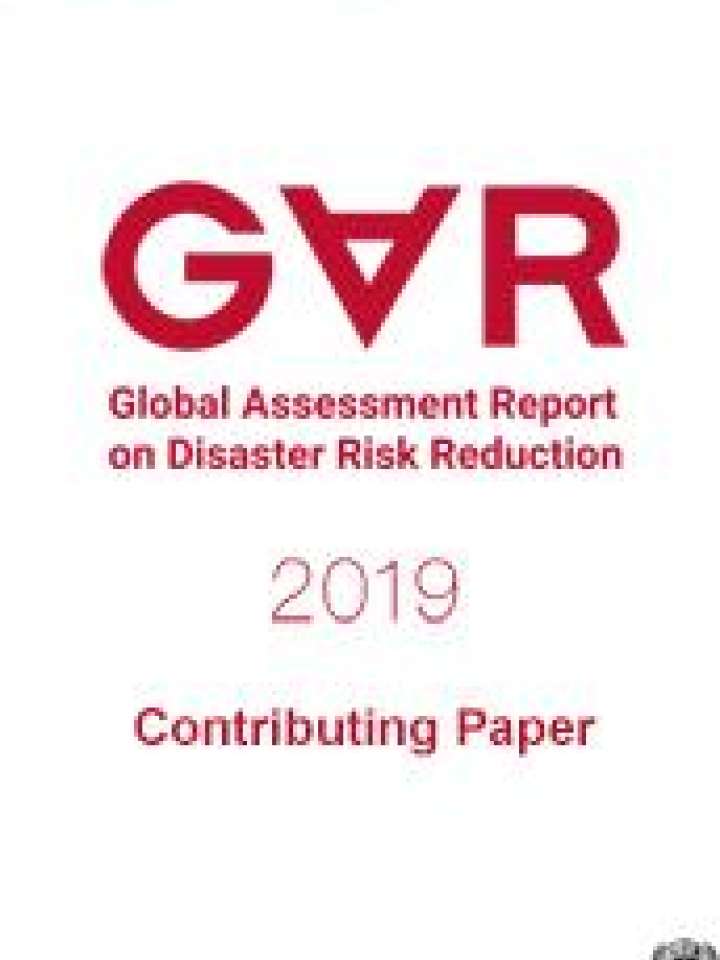Disaster preparedness and complex adaptive systems: a government continuity plan for a self-organizing community
The goal of this paper is to examine how government continuity planning contributes to strengthening the public sector’s disaster preparedness, resulting in enhanced resilience of the public sector. The paper analyzes basic principles of government continuity planning using Complex Adaptive Systems (CAS) theory while summarizing recent developments in theory and practice of government continuity planning. Government continuity plans (GCPs) are a recently focused concept in disaster preparedness, compared to business continuity plans (BCPs) in the private sector. Both GCPs and BCPs are designed to prepare governments and businesses for future disasters. The need for BCPs was widely recognized after the Great East Japan Earthquake (GEJE) and Tsunami in 2011, the Floods in Thailand in 2011, and Hurricane Sandy in New York in 2012.
However, recent disasters in Japan, such as the Kumamoto Earthquake in 2016, have revealed that local governments without effective GCPs were severely affected by disasters, preventing them from quickly responding to or recovering from disasters. When the GEJE occurred in 2011, only 11% of municipal governments in Japan had GCPs. In developing and emerging nations, the proportion of local governments that have already formulated GCPs is minimal. Considering the vulnerabilities to disasters, the need to design and formulate GCPs in developing and emerging nations is urgent. This research investigates the Japanese experience of GCPs, using self-organization, one of the concepts of CAS. The study concludes that GCPs contribute to increased resilience among the public sector in terms of robustness, redundancy, resourcefulness, and rapidity.
This paper is a contribution to the 2019 edition of the Global Assessment Report on Disaster Risk Reduction (GAR 2019).
To cite this paper:
Haraguchi, M. Disaster preparedness and complex adaptive systems: a government continuity plan for a self-organizing community. Contributing Paper to GAR 2019
